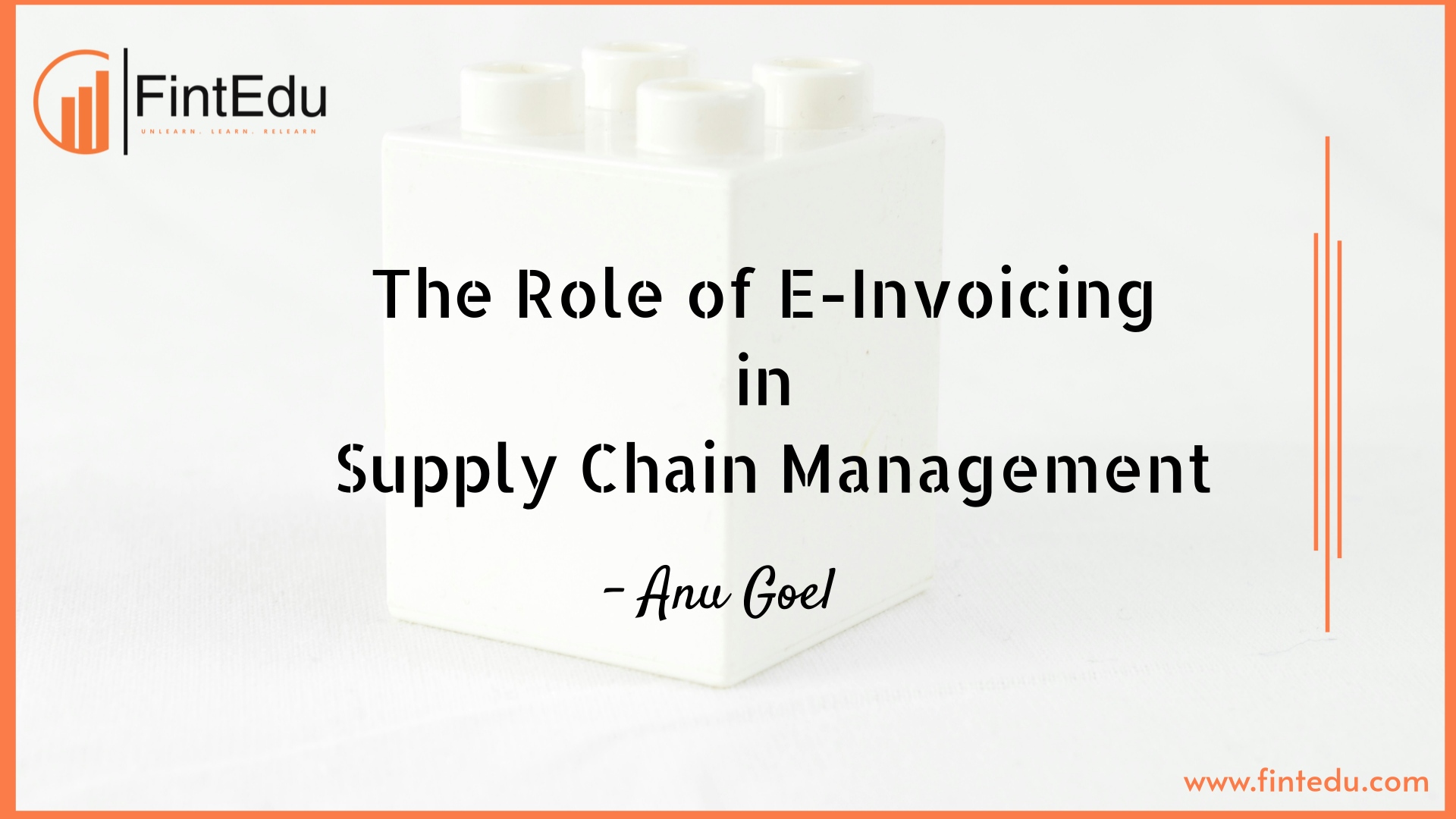LISTEN TO THIS ARTICLE
Supply chain management is the backbone of any business that deals with the movement of goods, from raw materials to finished products. In today's fast-paced world, efficiency and accuracy are key. One tool that is revolutionizing supply chain management is e-invoicing. This article explores how einvoicing plays a vital role in streamlining supply chains.
E-Invoicing, short for electronic invoicing, is the process of sending and receiving invoices in a digital format. Unlike traditional paper invoices, e-invoices are created, transmitted, and stored electronically. This not only speeds up the process but also reduces errors and improves accuracy.
Key Features of E-Invoicing:
- Automated Invoice Generation: Invoices are automatically created based on transaction data.
- Instant Delivery: E-invoices are sent instantly through secure electronic channels.
- Digital Storage: Invoices are stored in digital format, making them easy to retrieve and audit.
- Compliance: E-invoicing often meets legal and tax requirements, reducing the risk of non-compliance.
How E-Invoicing Benefits Supply Chain Management
1. Faster Processing Times - Traditional invoicing can be slow, often taking days or weeks to process. With e-invoicing, the process is almost instant, speeding up the entire supply chain. This quick turnaround time ensures that payments are made faster, improving cash flow for businesses.
2. Reduced Errors - Manual data entry is prone to mistakes, which can lead to delays and disputes. E-invoicing eliminates manual entry, reducing errors and ensuring that invoices are accurate and complete.
3. Enhanced Visibility - E-invoicing provides real-time tracking of invoices, giving businesses better visibility over their transactions. This transparency helps in monitoring the flow of goods and payments, allowing for better decision-making.
4. Cost Savings - By reducing the need for paper, postage, and manual processing, e-invoicing can significantly cut costs. Additionally, the automation of invoicing processes frees up time and resources that can be better used elsewhere in the business.
5. Improved Supplier Relationships - Faster payments and fewer disputes mean happier suppliers. E-invoicing helps build stronger relationships with suppliers by ensuring that they are paid on time and that any issues are quickly resolved.
The Process of E-Invoicing in Supply Chain Management
Here’s a simple flowchart to illustrate how e-invoicing fits into the supply chain:
Comparison Between Traditional Invoicing and E-Invoicing
Aspect | Traditional Invoicing | E-Invoicing |
Processing Time | Days to weeks | Instant to a few hours |
Error Rate | High (due to manual entry) | Low (automation reduces errors) |
Cost | High (paper, postage, labor) | Low (digital, automated) |
Storage | Physical storage space required | Digital storage (easy retrieval) |
Compliance | Risk of non-compliance due to manual | High compliance with automated checks |
Supplier Relationships | Prone to disputes and delays | Improved due to faster, accurate processing |
Conclusion
E-invoicing is not just a trend - it is a powerful tool that is transforming supply chain management. By automating the invoicing process, businesses can achieve faster processing times, reduce errors, and save costs. As more countries, including the UAE, consider implementing e-invoicing, businesses that adopt this technology will likely see significant improvements in their supply chain efficiency.
The move towards e-invoicing is a step towards a more streamlined, transparent, and efficient supply chain. Embracing this technology can give businesses a competitive edge in today's fast-moving market.



